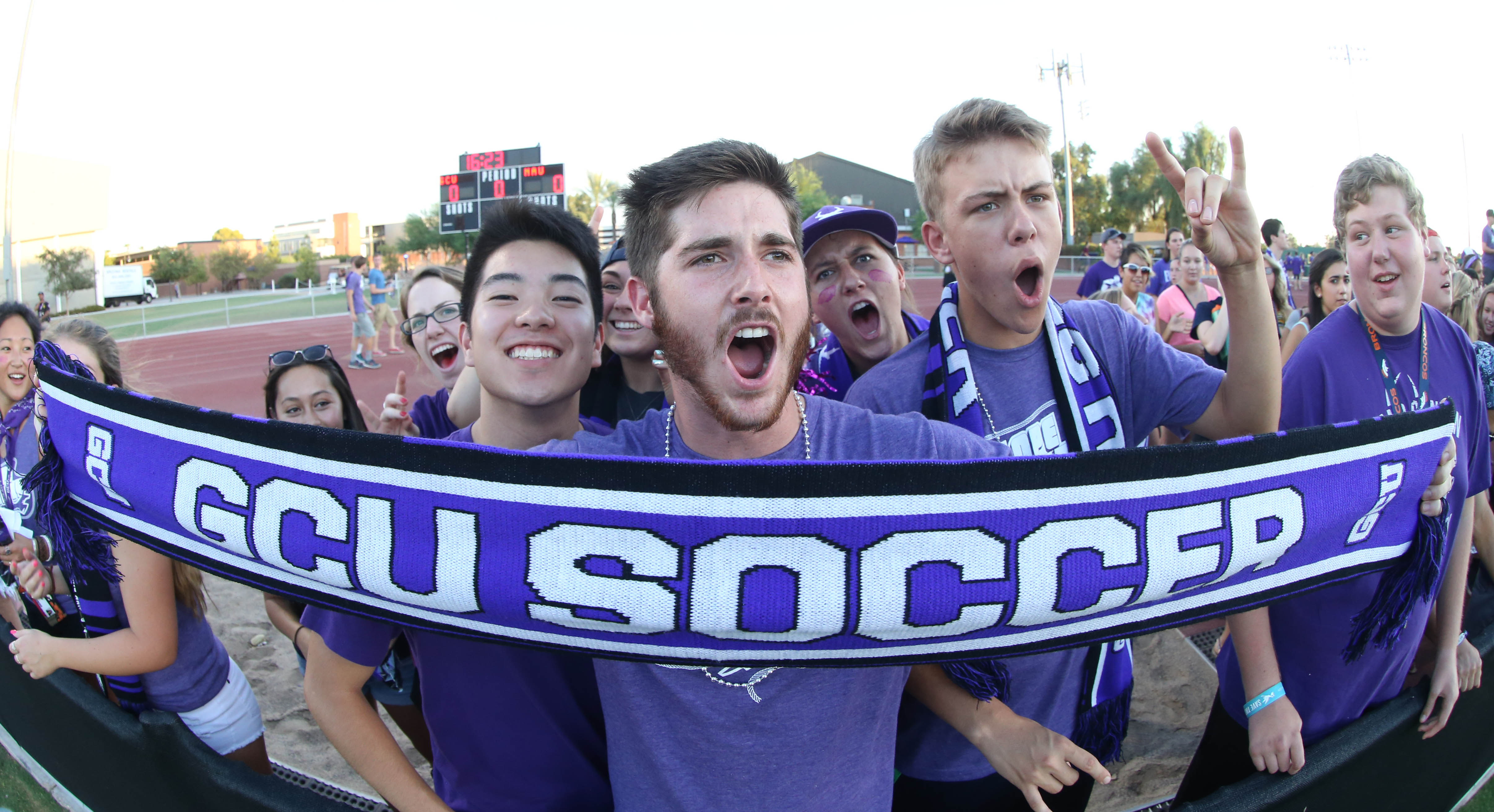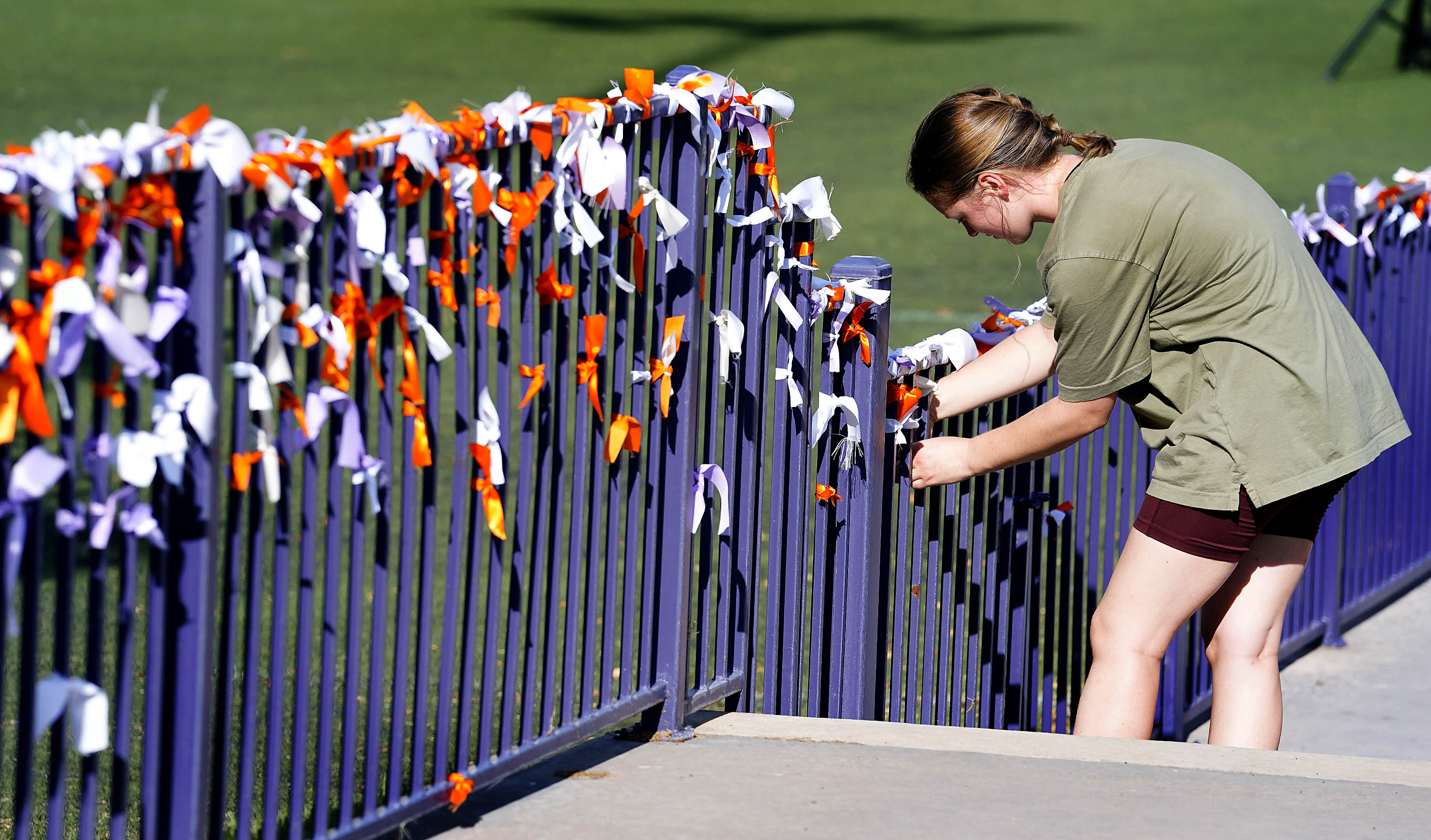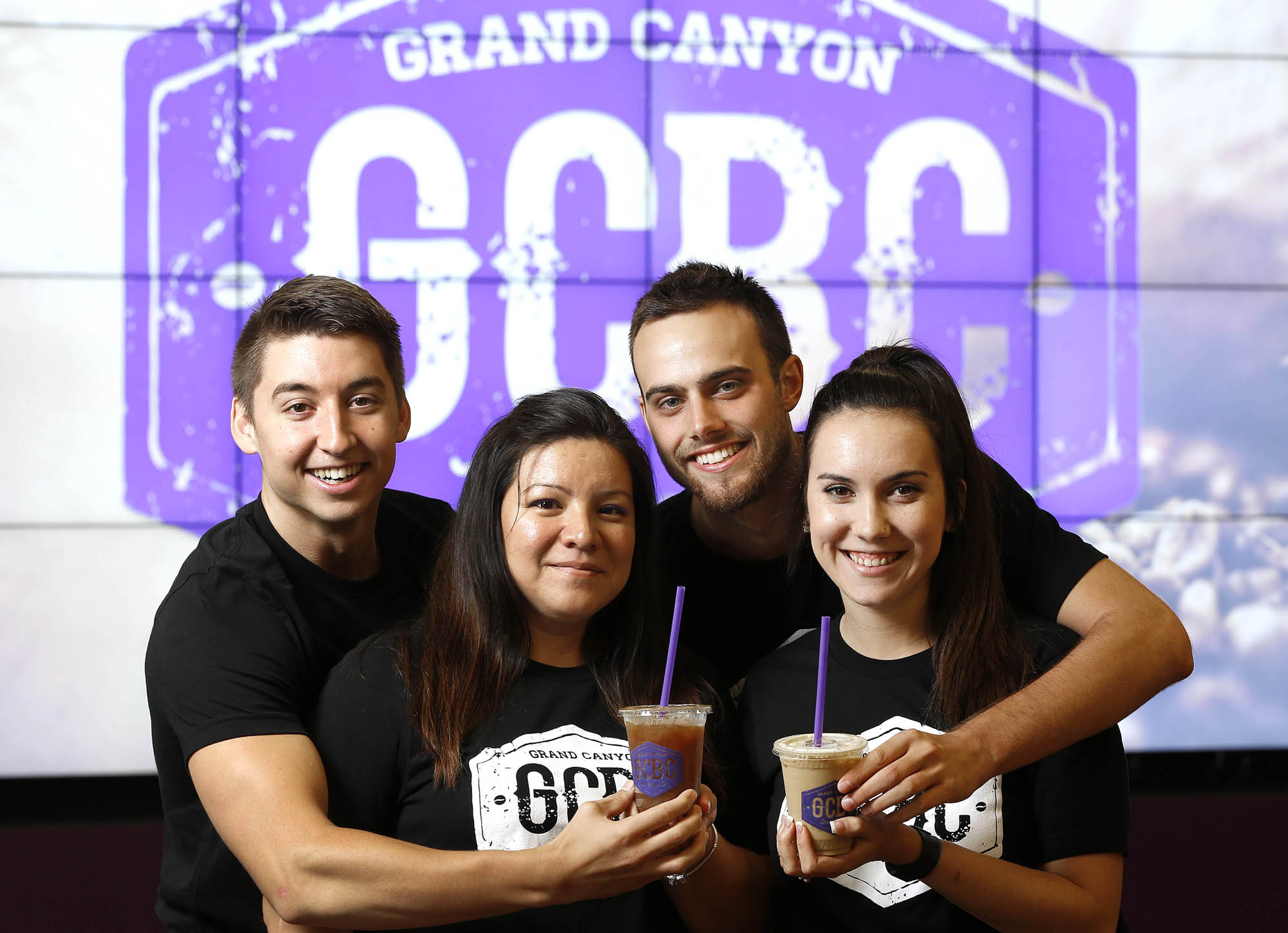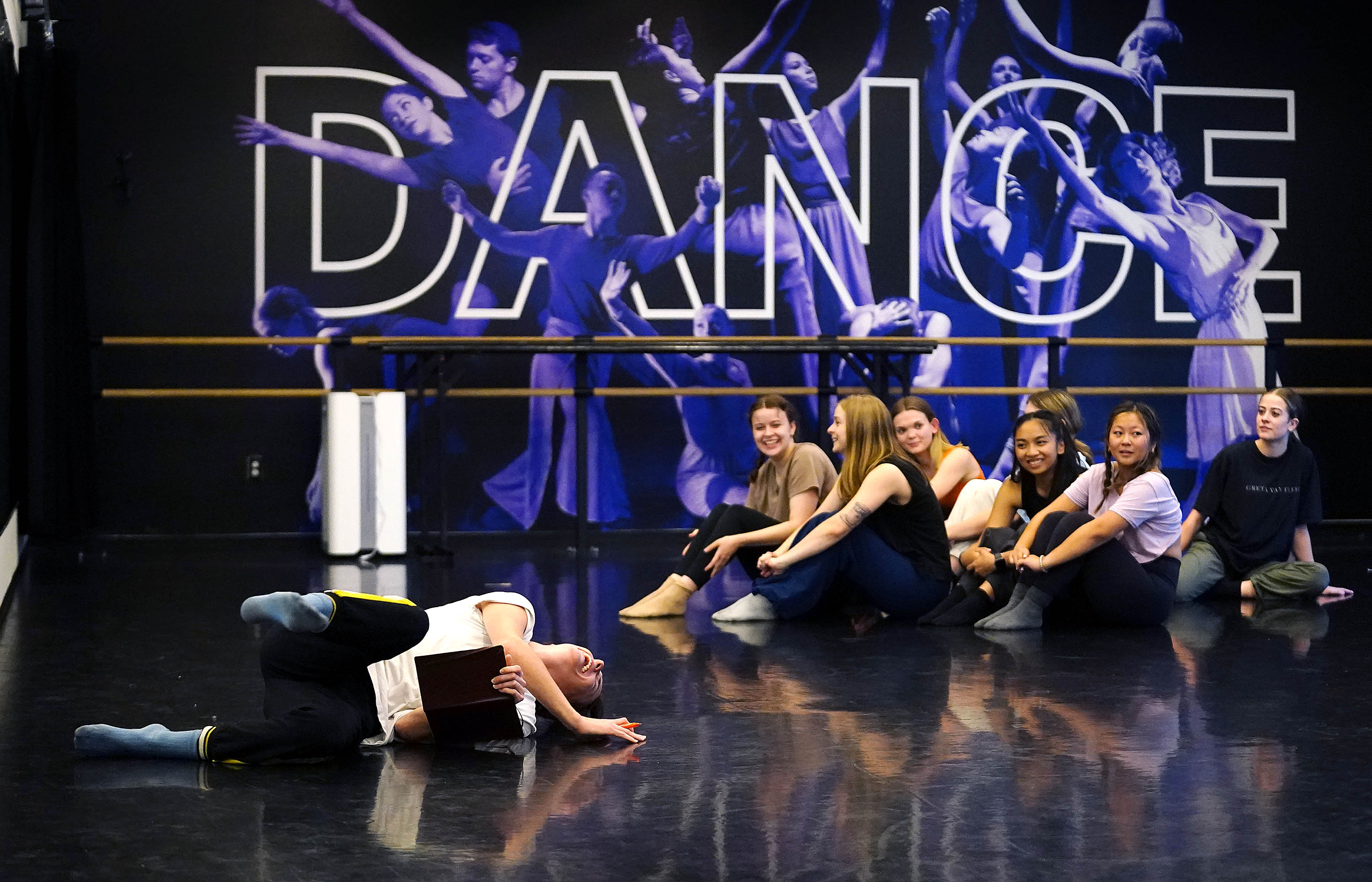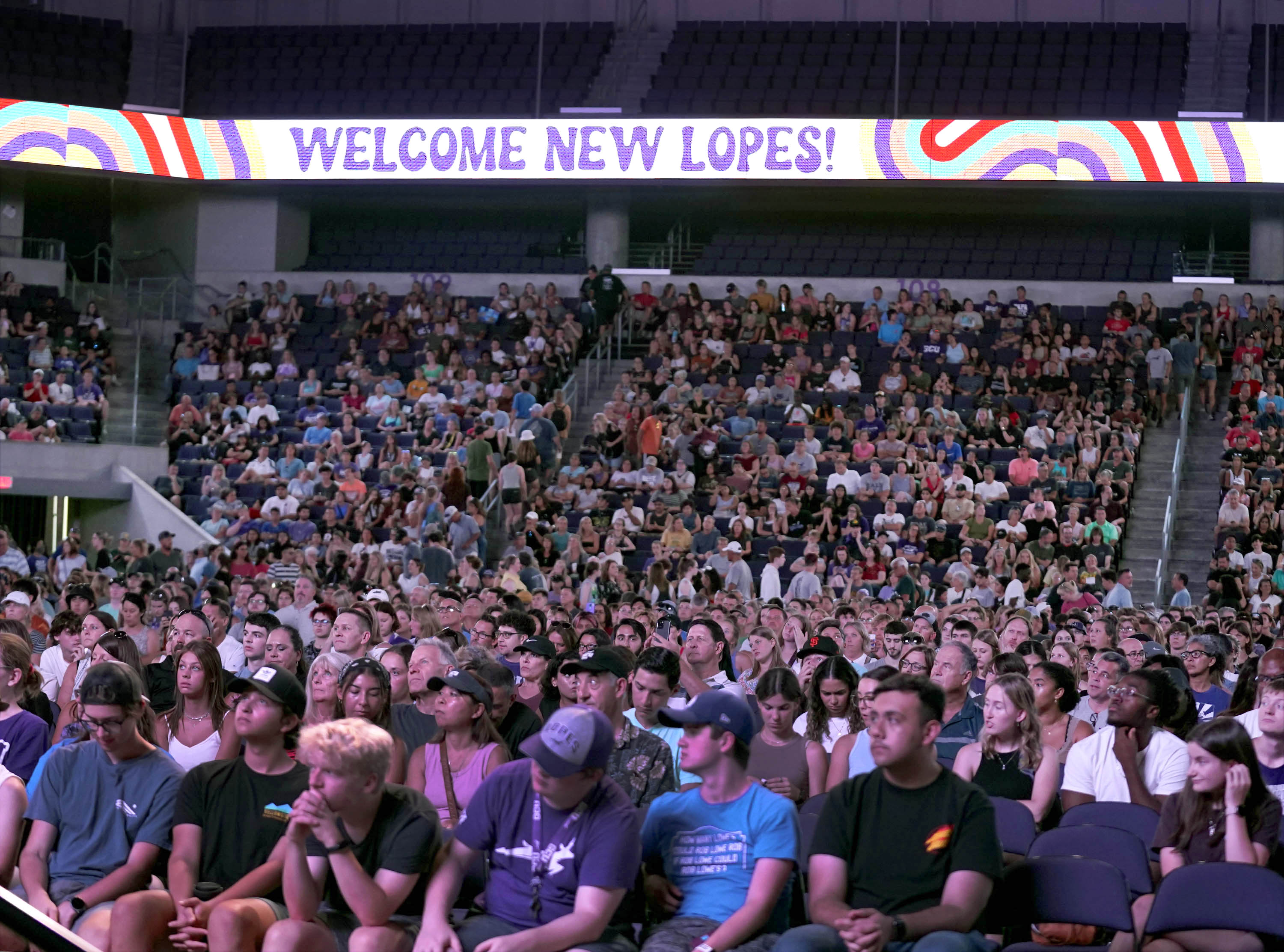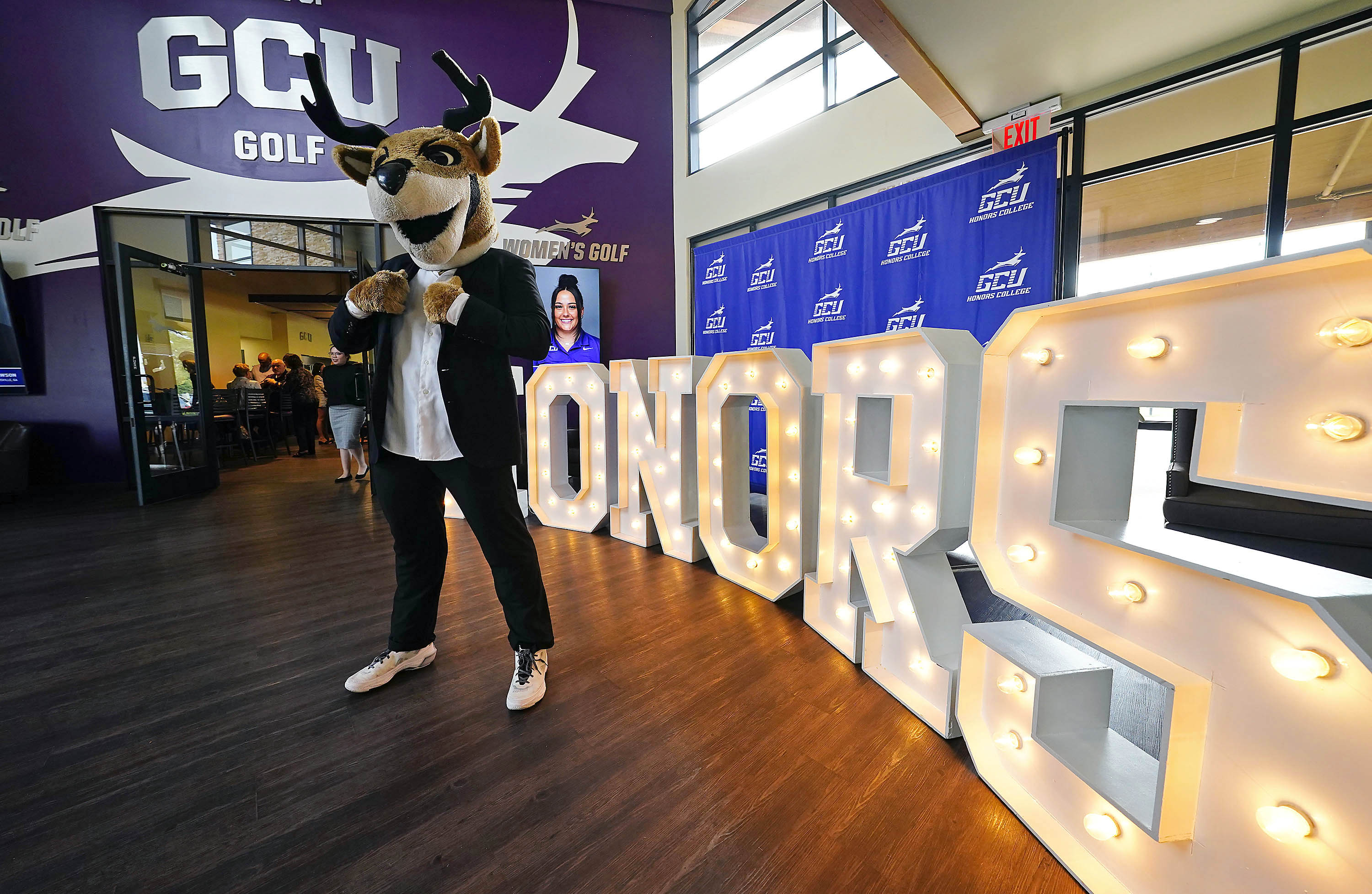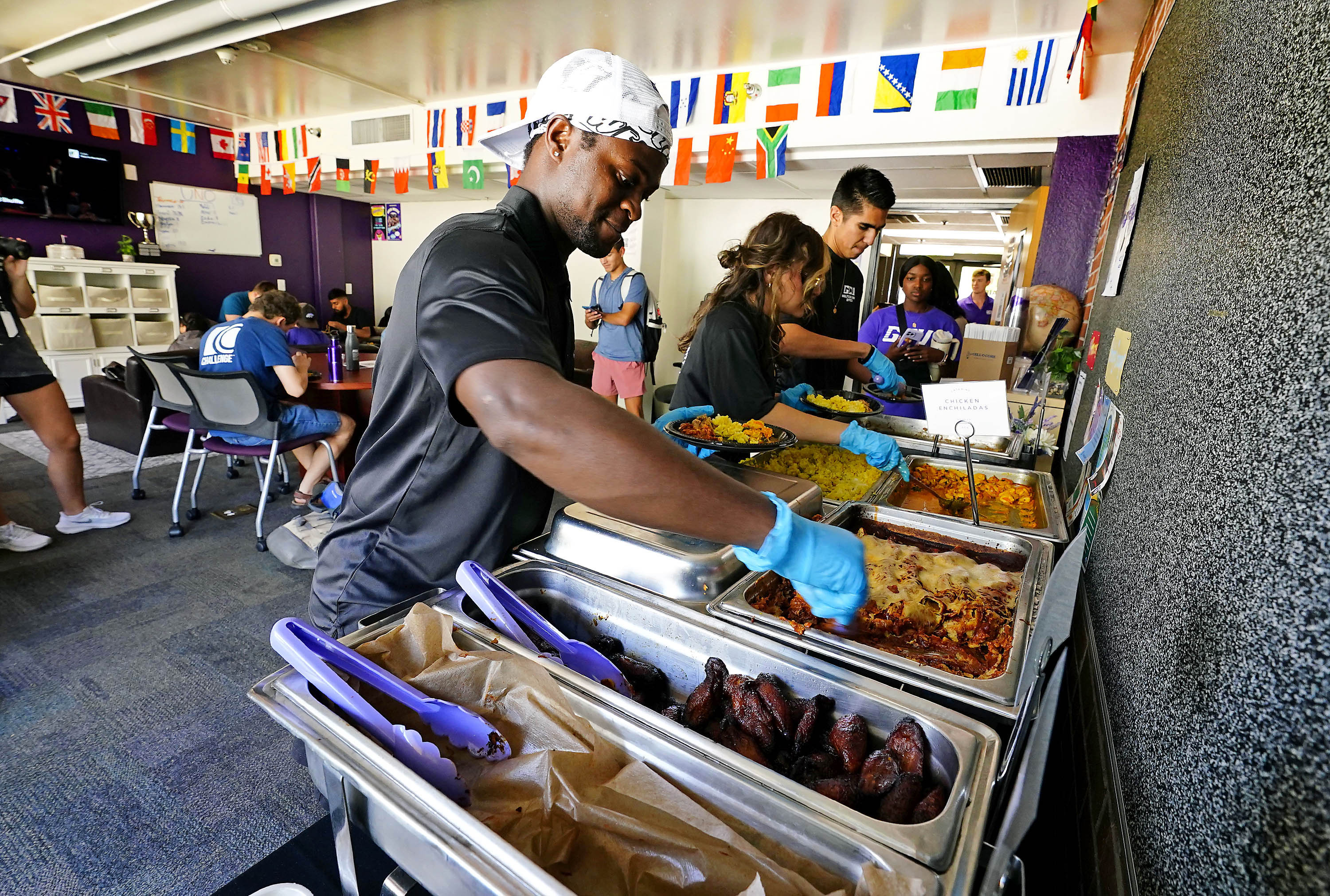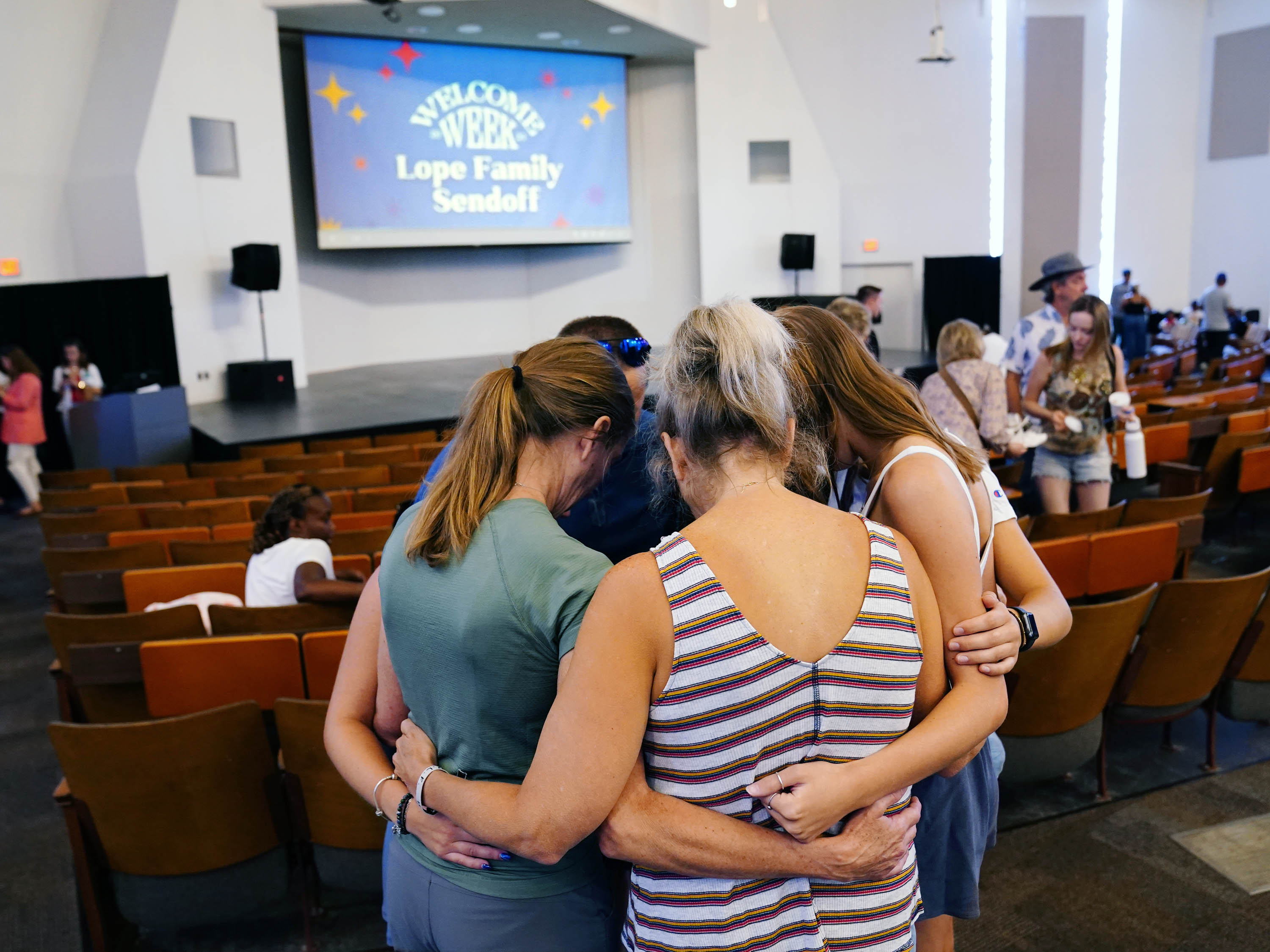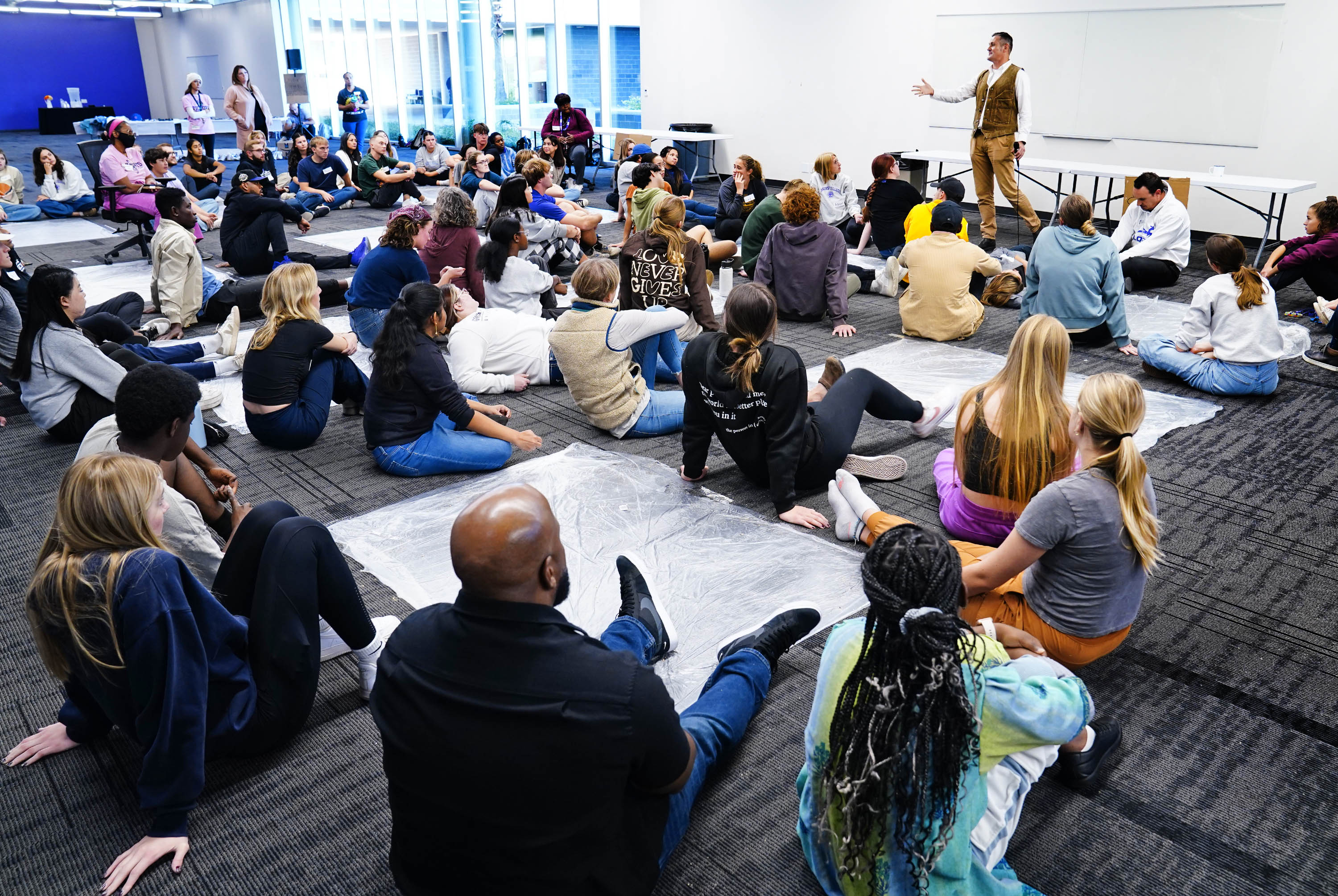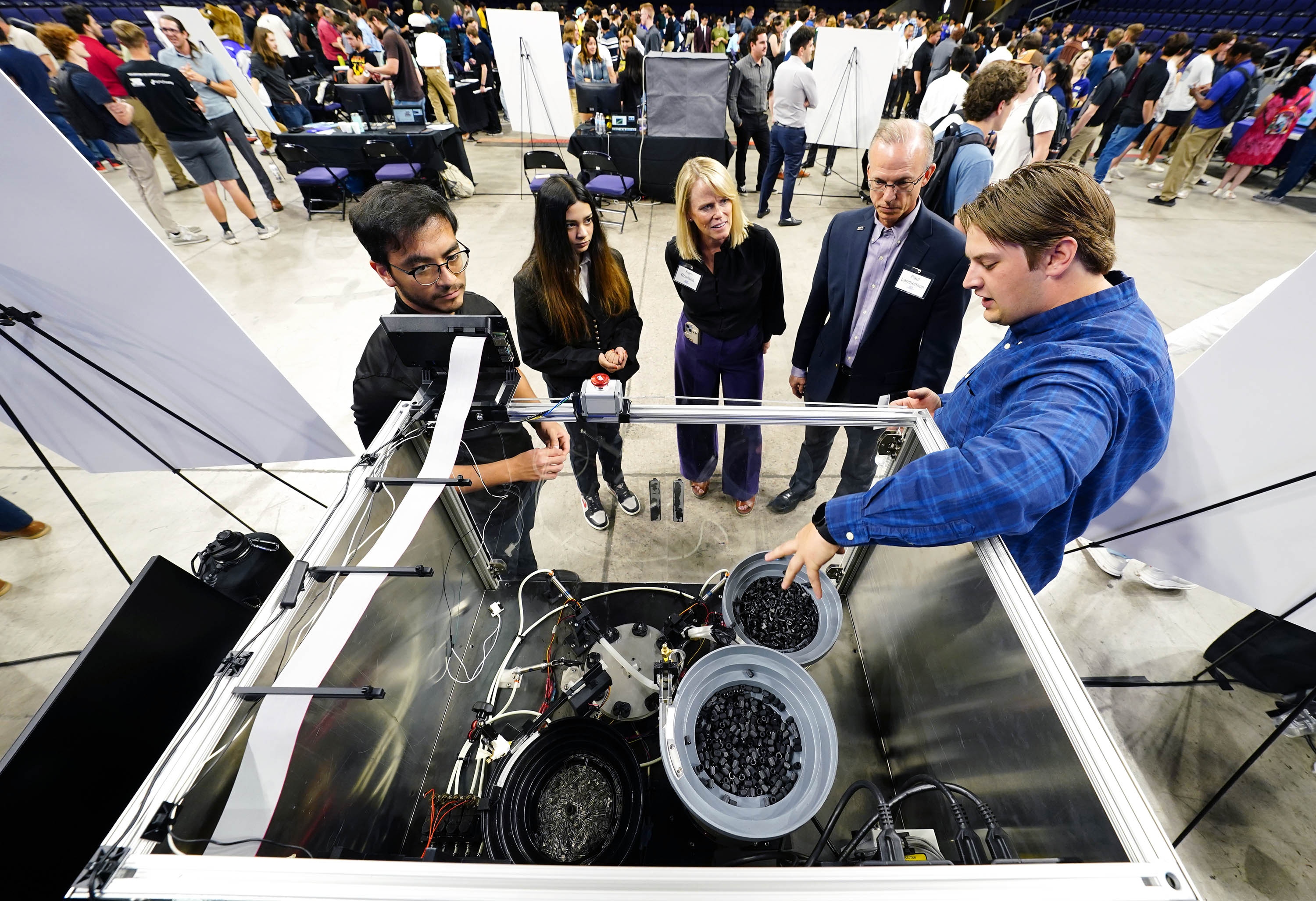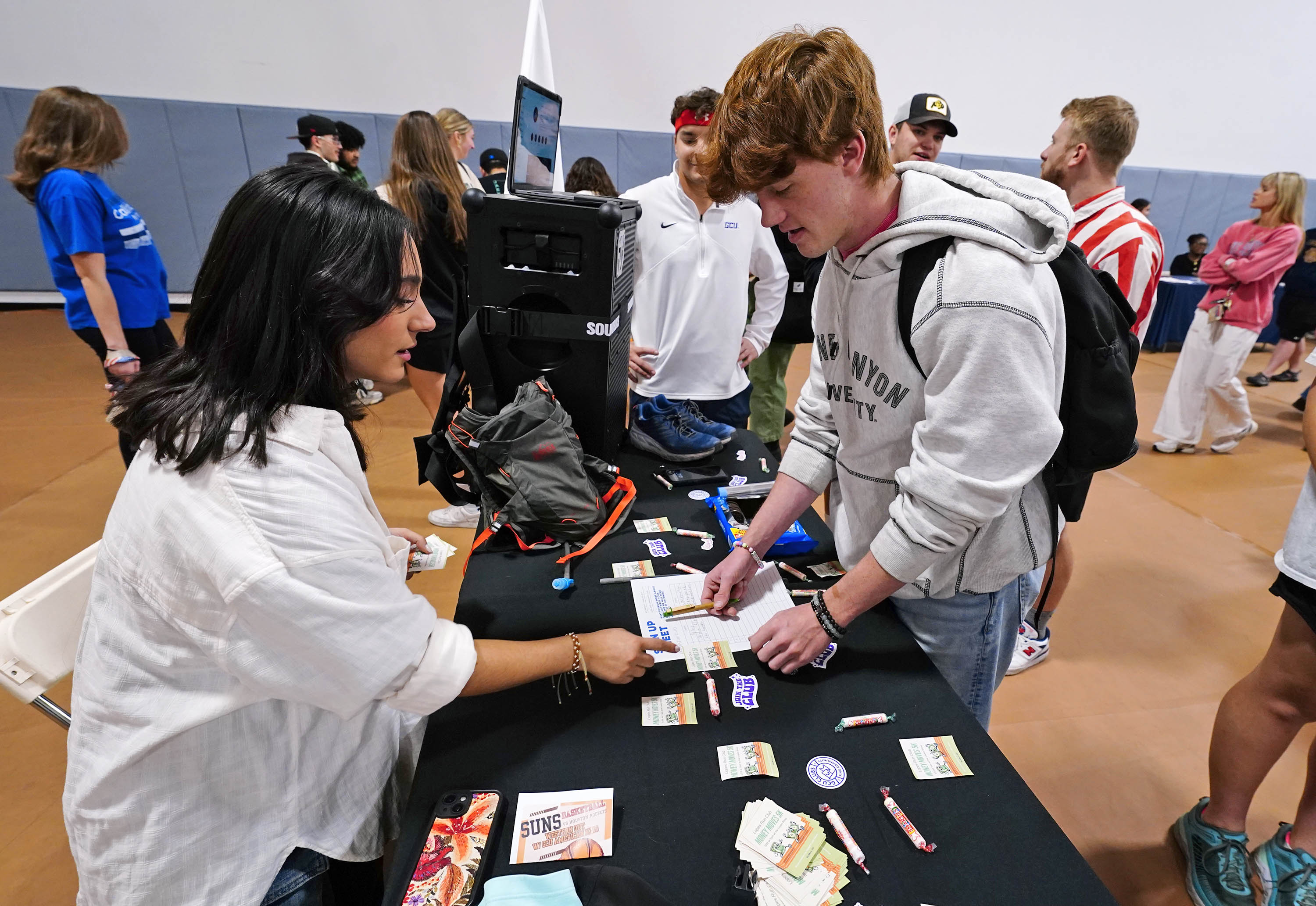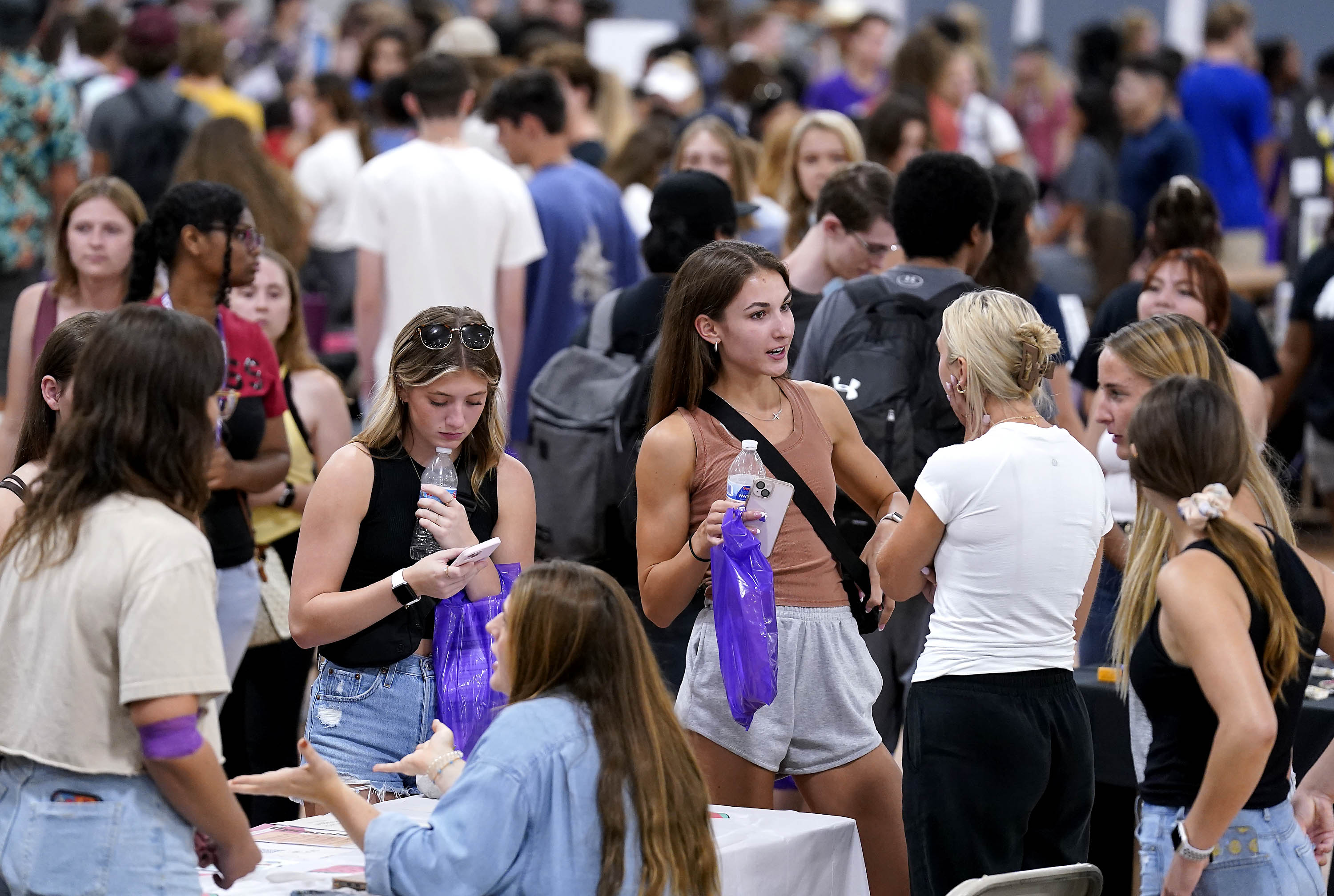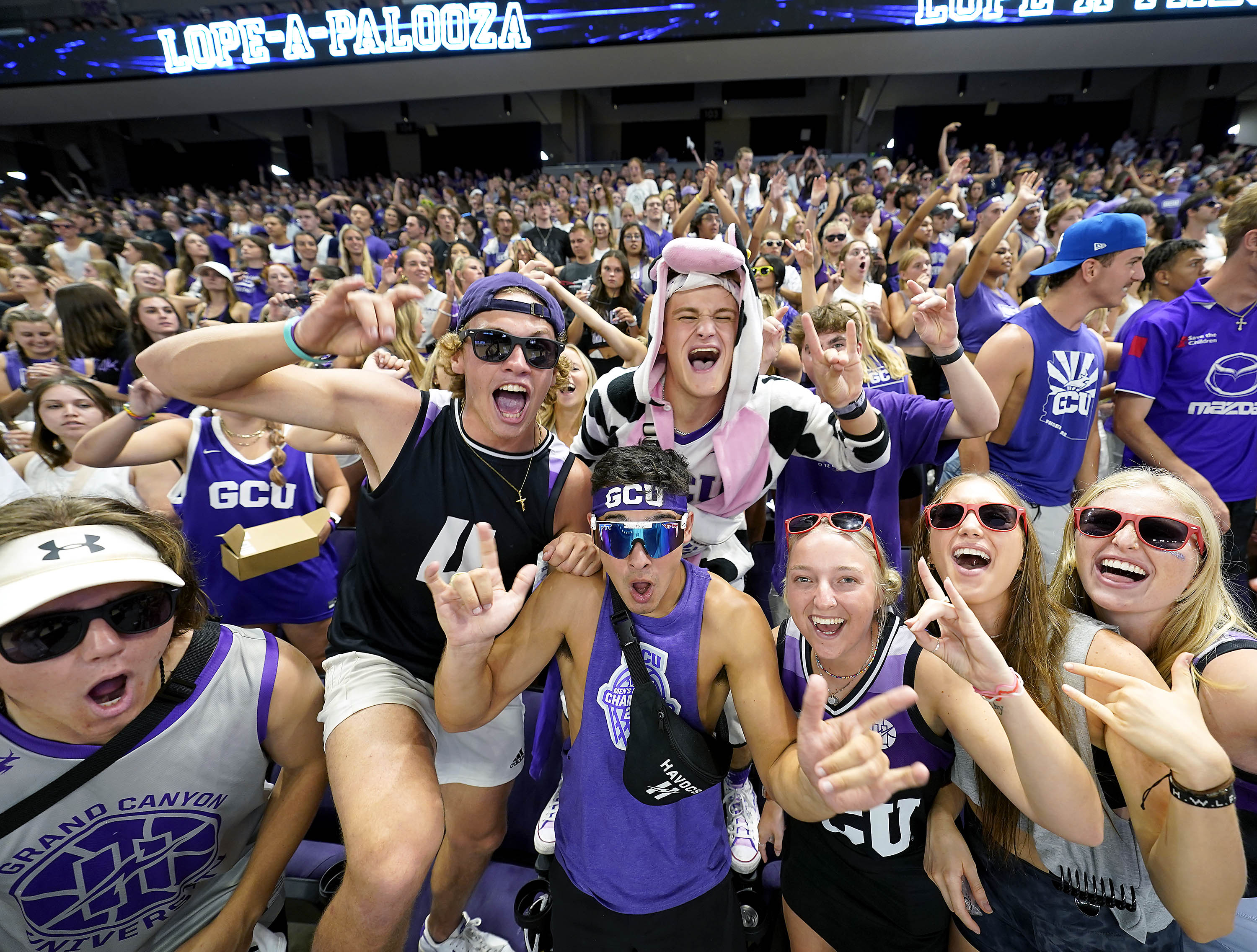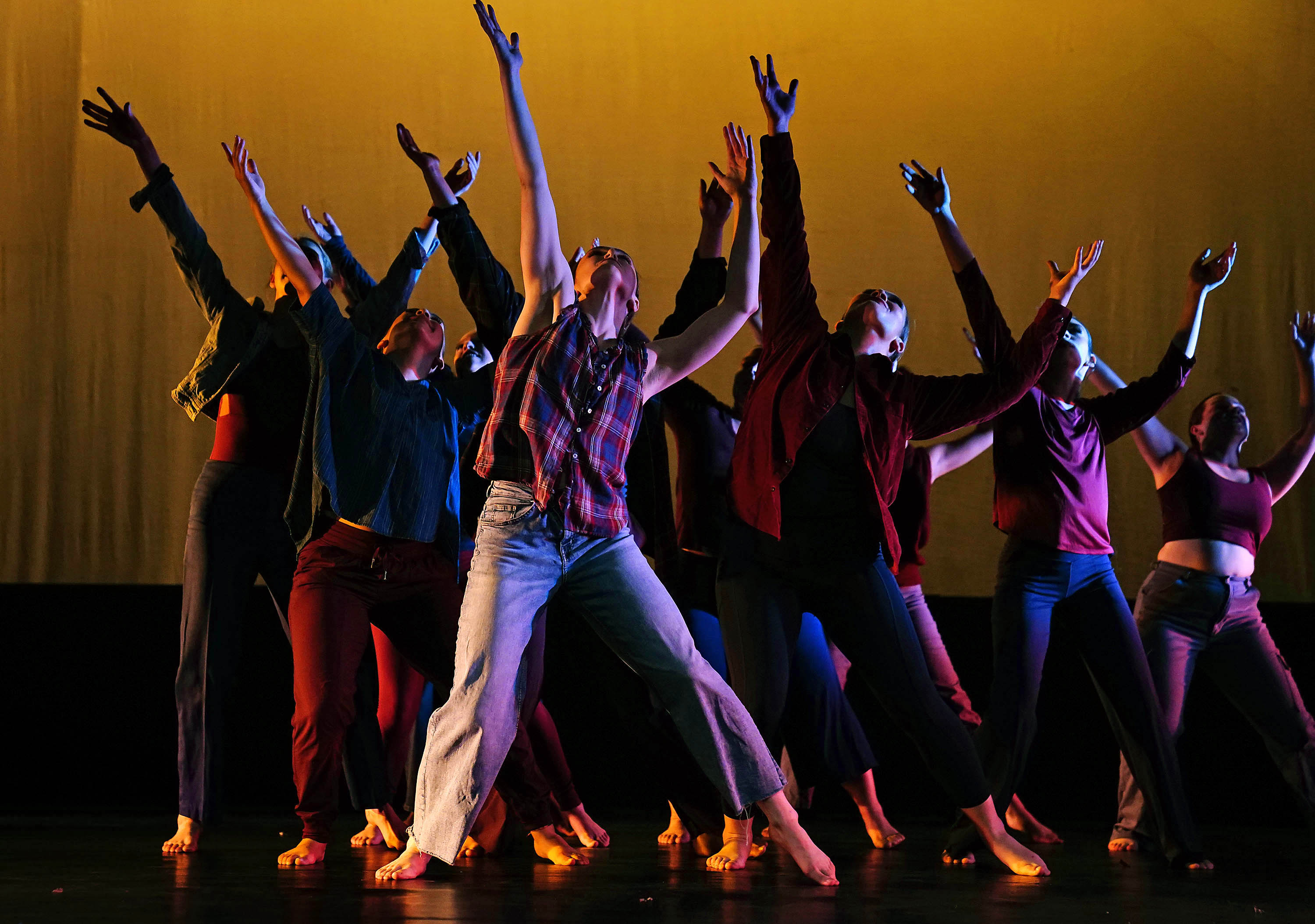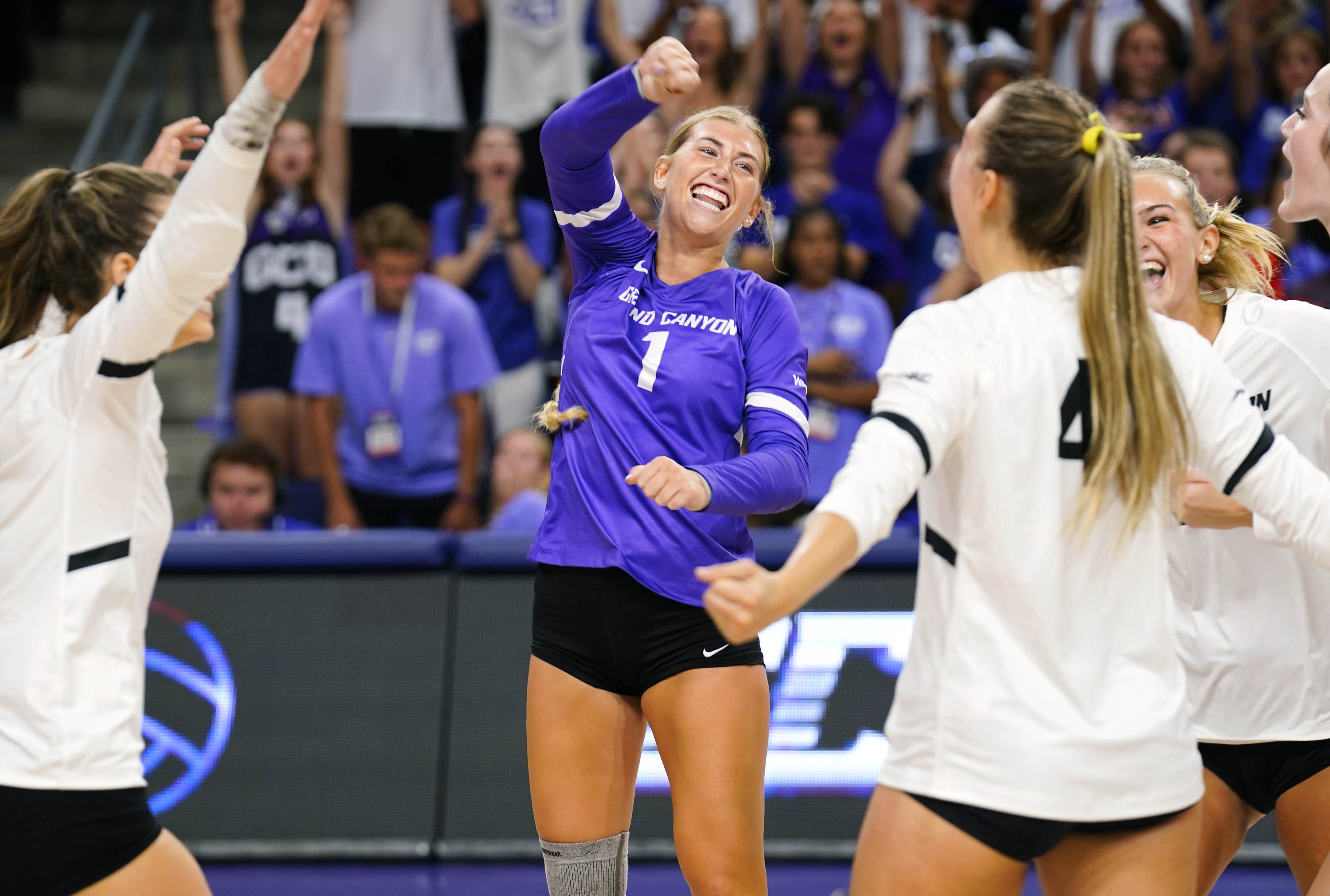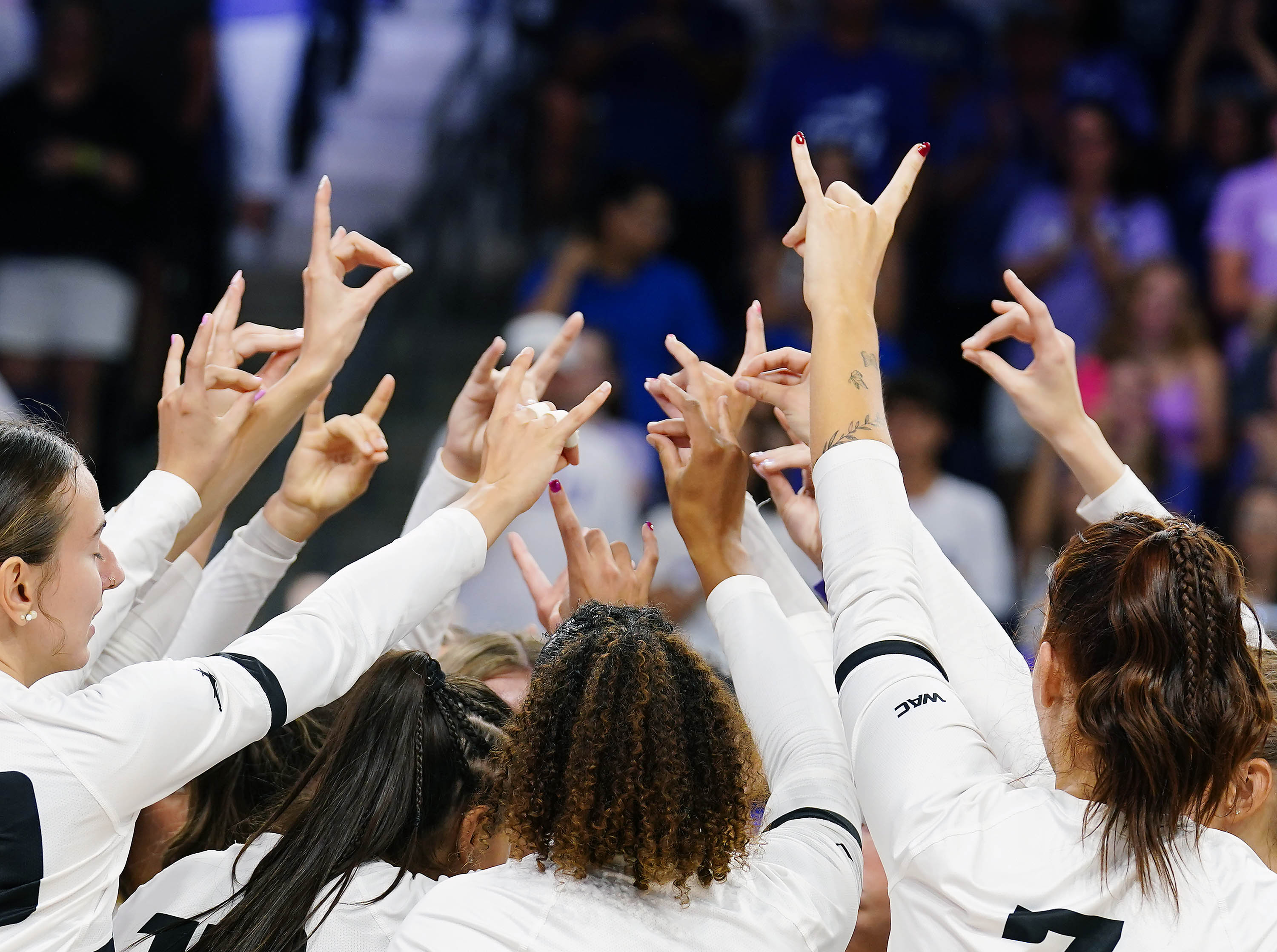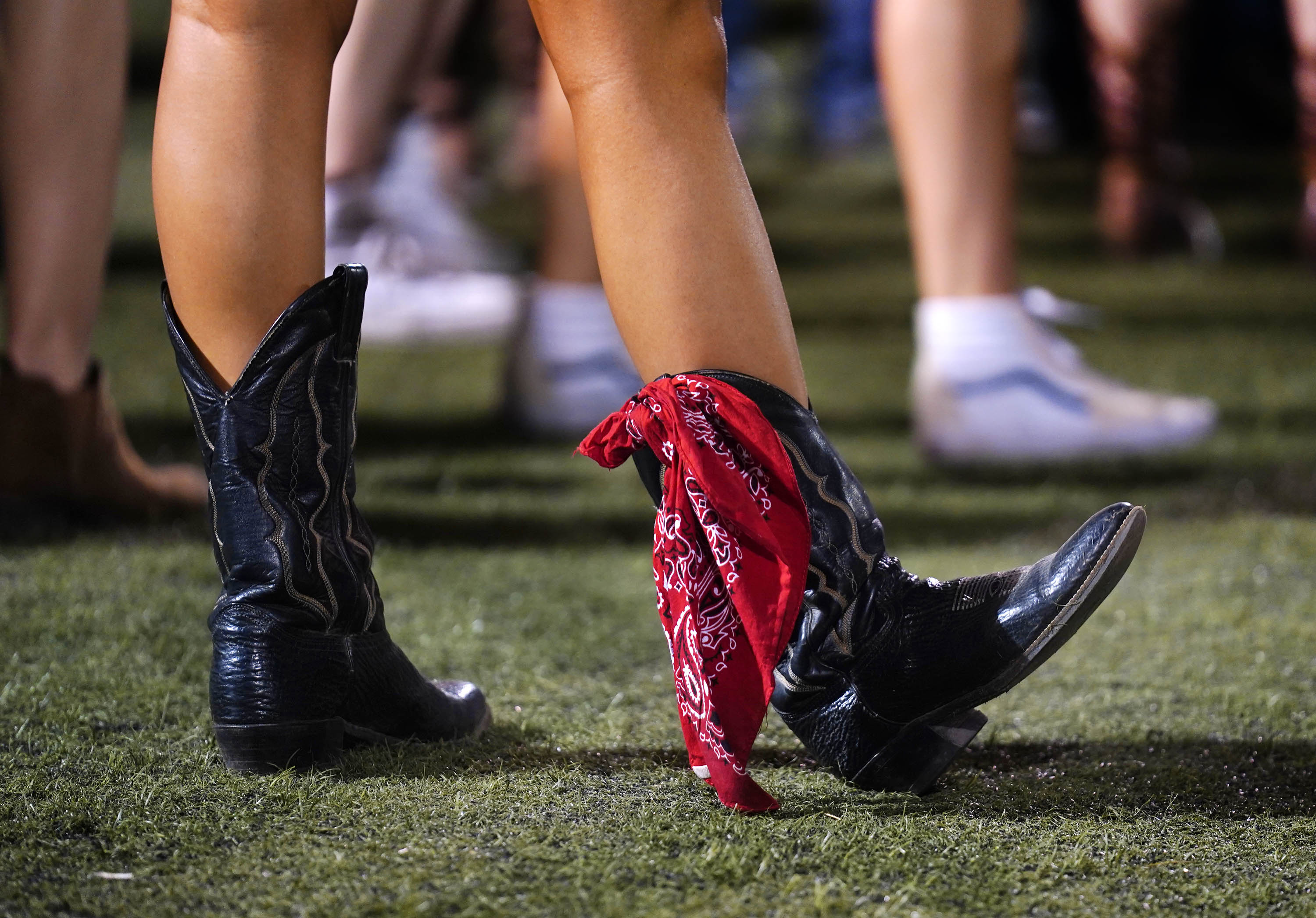Editor’s note: This story is reprinted from the November issue of GCU Magazine. To view the digital version of the magazine, click here.
By Ryan Kryska
GCU Magazine
Ethan Gunnerson admits he’s a shy guy. It took several walks past the old “gamer chamber” in Thunder Alley – a room stocked with desktop computers, gaming chairs and consoles – before he felt comfortable enough to go inside.
But once he did, his life changed forever.

“I was a little afraid at first, but there were people in there and they were really nice to me and they told me I could play on the computers,” he said. “Normally, I’m not able to talk for any long period of time to any normal person I know. But when I come here I can talk to people all day about something I really love, and I think it’s great that we have that here.”
What he and other Grand Canyon University students have now, with their new facility on the second floor of the Technology Building, reflects a trend that is skyrocketing with every click of the mouse. It’s called esports, and it’s coming. In fact, it’s already here.
According to a story in Forbes magazine last February, esports revenues will hit $905 million in 2018, up 38 percent from last year’s $655 million. Think that’s impressive? The number is expected to grow to $1.65 billion by 2021.
“The esports industry is poised to make far more money than what Hollywood makes at this rate, within like the next few years,” said Albert Lee, the newly hired GCU Esports Coordinator and a former esports consultant for the NCAA.
“On the professional scene, the players make as much as the actual professional athletes in American football, basketball and soccer. So I think at this point it should be recognized as its own entity that stands on its own two feet.”
Esports is competitive video gaming, a means of connecting gamers across the globe who play for tournament wins – who entertain millions of people watching from their home wifi or arena seat.

The phenomenon is nothing new, but in the past couple of years it has burst onto the scene of big-money competitions, sparking the growth of professional leagues, sponsorships and college arenas that fuel the craze.
A group of GCU students saw the trend coming four years ago and started a club. It began with a few of them meeting in a room with their laptops, and before long the University gave them the “gamer chamber” space.
It was nothing like their new home, the 1,706-square-foot room that features 36 computer-gaming stations, seven PlayStation 4 and Xbox One consoles, and a tournament station with a 75-inch TV.
The club sent its Thunder Alley facility out with a bang over the summer with a first-place finish in a tournament for Overwatch, a game that requires six players to synchronize their characters’ skill sets to take down the opposing team.
The win came on the heels of their Sweet 16 appearance last year in the college granddaddy of them all, the Tespa League Playoffs, in which the winners among 220 teams take home thousands of dollars in scholarship money.
“The pro scene is already stabilized and is growing rapidly, but at the college level it’s still the Wild West in terms of which college will carve out a name for itself,” Lee said. “Some have already done so, but there’s still so much more that can be done. If things go well, GCU could be poised to be one of the top contenders for the West Coast. We can potentially take the spotlight away from California and bring it over to Arizona.”
Lee explained that most of the major video game tech developers have headquarters in California, giving an advantage to the universities nearby. Among the examples is the University of California, Irvine being down the road from a wizard in the esports scene, Blizzard Entertainment.
“We have to make do with the alternative, which is just we have to be better and more professional and more welcoming to our communities in order to compete at the same level,” Lee said.

Blizzard developed one of the firs captivating online games in 1998, called StarCraft. Since then, Blizzard has been on the scene with World of Warcraft, Hearthstone, Overwatch and more.
“Esports has existed in some way or some capacity back to the 1980s and 1990s,” Lee said. “Back in those large LAN centers where there are really old photos of hundreds and hundreds of people competing in rows of old school computers in Doom, Quake, really old-school shooter games. And then when StarCraft came out, StarCraft was one of the first major global sensations in terms of esports as a professional thing.”
Lee said the fascination with Overwatch is that it was developed to mimic traditional sports. It takes a team to play.
“Overwatch League is the first real formalized league where cities represent the teams and vice versa and teams represent the cities in that region.” he said. “It’s very in line with the city-team kind of environment.”
According to esportsearnings.com, the nine wealthiest professional gamers in the world have earned more than $3 million each playing video games.
Lee said the money goes behind the scenes of tournament wins, too, with companies such as Atlanta-based Cox Enterprises dumping millions of dollars into professional teams for Overwatch. Reports by the Atlanta Business Chronicle backed up Lee’s claim.
“I think more games will make leagues similar to Overwatch League,” said Gunnerson, a senior electrical engineering major and a member of the Lopes Varsity Overwatch Team, “because previously most games had third-party tournaments that would host tournaments and invite different teams. But now I think more games are looking at having their own leagues. I think there’s a lot of potential in that format, something similar to the NFL but brought to esports.”

Gunnerson remembers the days when the club was a gathering — a simple means of hanging out with like-minded individuals. It still is that, but is also so much more now that the door has been opened to money- making expansion.
“It’s pretty amazing actually because when I first went in there it was nothing like it is right now,” Gunnerson said. “There were only 12 computers and a couple admin computers. We didn’t have any fancy desks, just old chairs that had been dragged in. I still loved it, but looking back on it, it has come so far in its evolution when it comes to both the room, the equipment that we use and the amount of people. There has been a lot of change over the years.”
Members of the club compete in multiple sports, not just Overwatch. Other notable games are Hearthstone, Rocket League and a flourishing Fortnite scene. There are more than 600 students in the club’s online chat group. At least 50 students make their way daily through the club’s arena.
Ryan Wynia, a sophomore information technology major who is working a cybersecurity internship with the Salt River Project, is primed to carry the club into the future alongside other underclassmen.
“I look forward to just playing the game,” Wynia said, “meeting new varsity members as people graduate, and eventually I’ll leave, too. I’ll always look back on this as one of the greatest times of college.”


